8. A Bittersweet Life (2005, Kim Jee-woon)
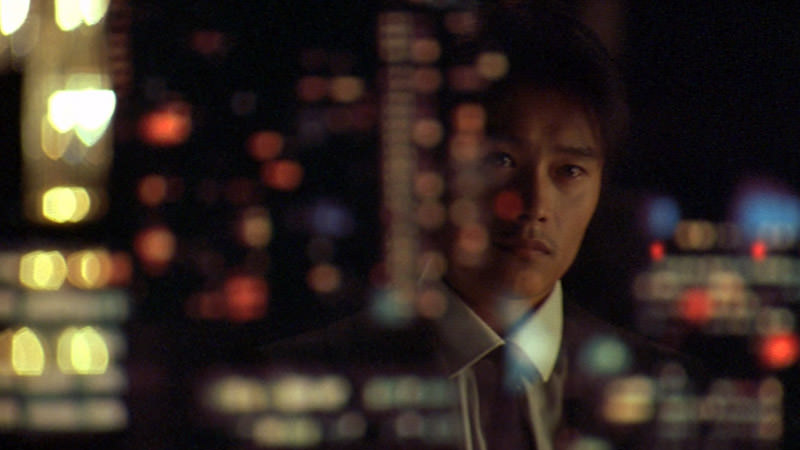
A ruthless young gangster of the South-Korean mob is an exemplary employee until he refuses to kill a young woman and finds himself being chased by the crime syndicate. The plot of Kim Jee-woon’s film make it sound like a typical crime movie but it’s so much more than that.
A Bittersweet Life is gorgeous, with an atmospheric lighting, a stylish protagonist and dark, polished-looking colours. But at the same time it is loyal to its genre, even when breaking its conventions, with a violence that is striking and not stylized or embellished.
Most of the sequences of the film resemble an advertisement of a perfume, the hero breathtakingly fancy and the locations he visits shiny and posh. This choice is strategically made by the director who uses these dashing environments in order to contrast the emptiness of the hero and the brutality that is going to take place.
A Bittersweet Life is a characteristic example of modern South-Korean cinema with its high production values, finesse and violence.
9. Woman in the Dunes (1964, Hiroshi Teshigahara)
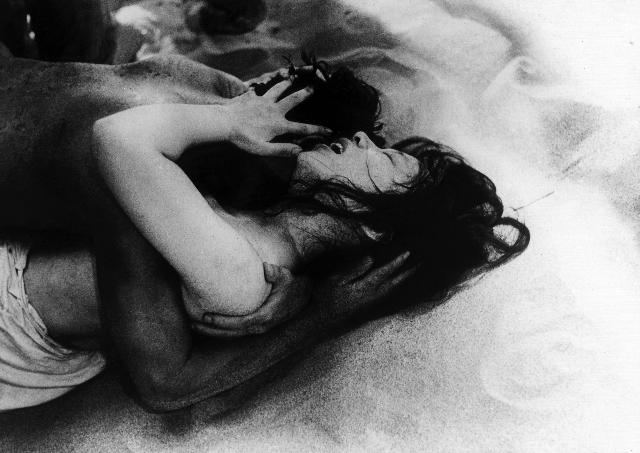
Hiroshi Teshigahara, one of Japan’s most cherished avant-garde film-makers, is known for his artistic experimentation and innovation. His films establish their balance in an lyrical cinematic atmosphere that shifts from being a dream into being a nightmare.
Woman in the Dunes narrates the story of an entomologist who is trapped into living with a woman in the middle of sand quarry. The film is claustrophobic but poetic and plays with the mind and the psychology of the viewer. The minimalistic landscape generously offers Teshigara the ability to demonstrate his creative ingenuity.
The repeated close ups of the film capture the emotional dead end of the heroes that is furthermore highlighted by the extreme angles that the director chooses.
The editing of the film is used metaphorically in order to draw parallels between objects and people, highlighting the philosophical dimension of the movie and reinforcing its elliptic beauty. The faces and bodies of the protagonists are transformed to sand and vice-versa, making Woman in Dunes visually stunning and mentally challenging.
10. Goyokin (1969, Hideo Gosha)
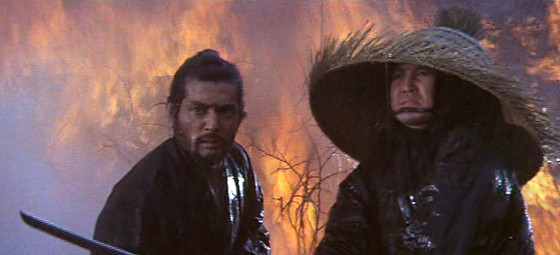
Perhaps more than any other of his contemporaries, Hideo Gosha knew how to weave an engrossing experience from a seemingly simple fabric.
With the inspiring score from accomplished composer Masaru Sato and the hauntingly beautiful cinematography by Kozo Okazaki, Gosha took a deceptively standard tale of a stoic samurai on a quest of redemption and made it a visually stunning highpoint of the entire chambara genre.
The opening sequence sets an ominous mood that stays just below the surface throughout the rest of the film.
A woman returns to her home village on the snow-covered coast somewhere in northern Japan, only to find it mysteriously deserted. Years later a destitute ronin decides to confront his past and the part he played in the disappearance of the villagers. It is a sombre tale, told through shots of both winding icy landscapes and intimate scenes that play with the contrast of colours.
Ranges of dirt and mud clash with wide vistas of untouched snow, all captured with an air of melancholy resolution. Drab colours clashing with fire or extradiegetic red light work together with the masterful score to make Goyokin something far more than the sum of its narrative parts.
11. Spring, Summer, Fall, Winter … and Spring (2003, Kim Ki-duk)
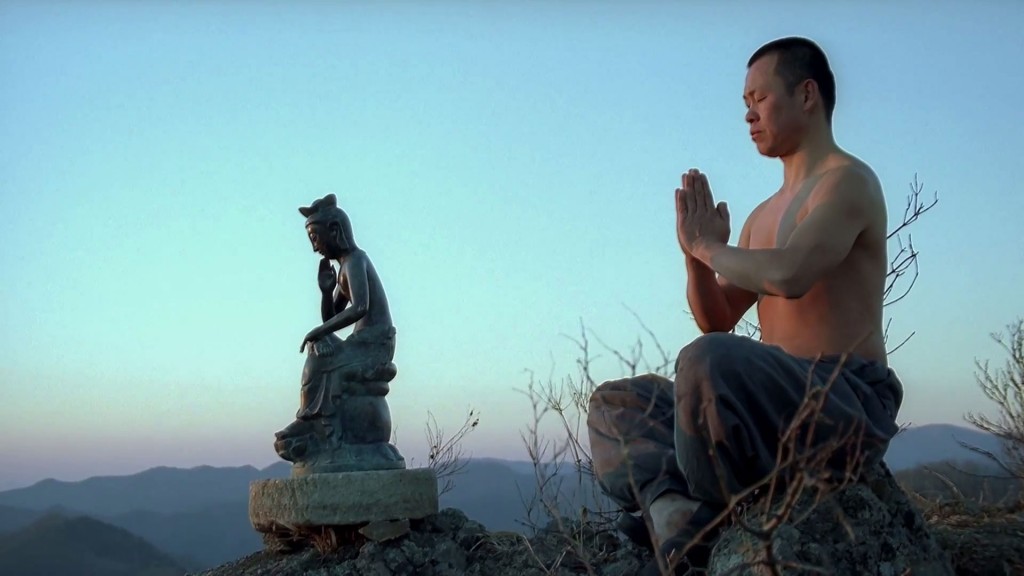
There was a time when Kim Ki-duk decided to abandon his obsession with non-stop violence and create a highly lyrical film that could appeal even to his most suspicious haters. Spring, Summer, Fall, Winter … and Spring is an allegory about life and death, inner peace and turmoil.
A young boy who leaves in a Buddhist temple, located in the middle of a lake, along with his mentor grows older and sees himself and everything around him change him. These changes, that lead to a deep philosophical inquiry, are poetically given by the change of the seasons throughout the years.
The picturesque landscape, where the little monastery is located, is capable of emanating all sorts of emotional nuances. Vivid and romantic, melancholic and cold, the change of weather and temperature portray the psychological shifts of the hero.
Another part of the film’s visual power springs from its references to religion and folklore; the statues, the Chinese letters ritualistically carved on the ground and the clothes of the monk and his apprentice furthermore reinforce the beauty of Kim’s masterpiece.
12. Dreams (1990, Akira Kurosawa)
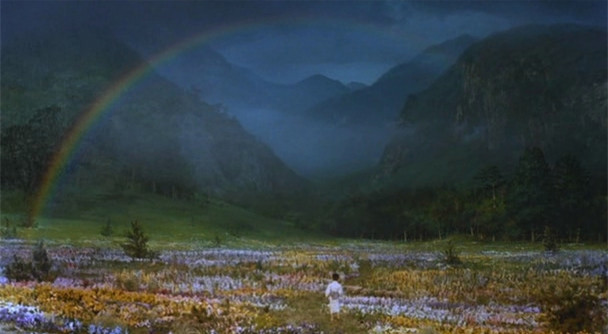
After Akira Kurosawa gave birth to some of the most memorable films in the history of cinema, elevating the jidaigeki genre to its highest point, he decided to turn into making movies of a more philosophical, social and political disposition.
Dreams, based on true dreams of the director, is a film that really looks like a dream, or a nightmare, with a unique ethereal atmosphere and the characteristic perfectionism of Kurosawa.
It consists of several unconnected short stories that revolve around half realistic and half surrealistic plot-lines. The director uses natural landscapes as the canvas on which he places the best of his fantasy.
Dreams looks like a theatrical play or a painting, a piece of art that pleases the eyes of the viewer to the fullest. Its bright colours, found on flowers, trees, costumes, objects, and its stable masterful frames and shots compose a visual outcome that is irresistible. Japanese culture, history and folklore is, once again, the fuel for Kurosawa’s artistic vision.
There are references to spirits of nature, mythological demons, traditional ceremonies and the atomic bombing of Nagasaki. Dreams is undoubtedly one of the most visually stunning films, literally a dream come true.
13. A Touch of Zen (1971, King Hu)
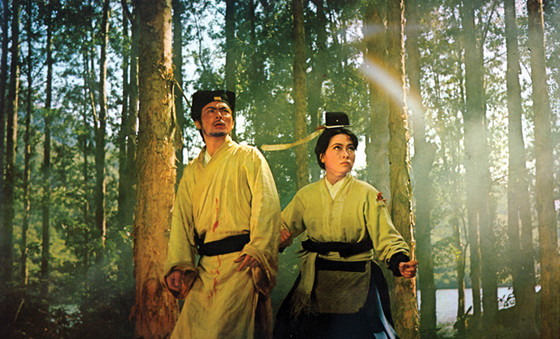
King Hu’s monumental wuxia film is undoubtedly one of the most influential movies made in East Asia. A clumsy painter along with a female fugitive are the main heroes of a film that is filled with humour, action and spirituality. Once again, natural landscapes are employed in order to strengthen the central themes that Hu negotiates.
Mountains, cliffs and forests, serene and beautiful, actively speak for the heroic pursuit of the protagonists, that transforms their own psyche as much as the world around them.
A Touch of Zen was hailed because of its technical innovation. Its cinematography takes advantage of natural light and the camera is constantly moving to capture every single detail. One other reason why this film is visually stunning can be found in its fighting scenes.
The viewer can trace in them the inspiration behind Zhang Yimou’s and Ang Lee’s flying battles as King Hu’s smooth and expressive cinematic movements are original and innovative to their very core.
14. Oldboy (2003, Park Chan-wook)
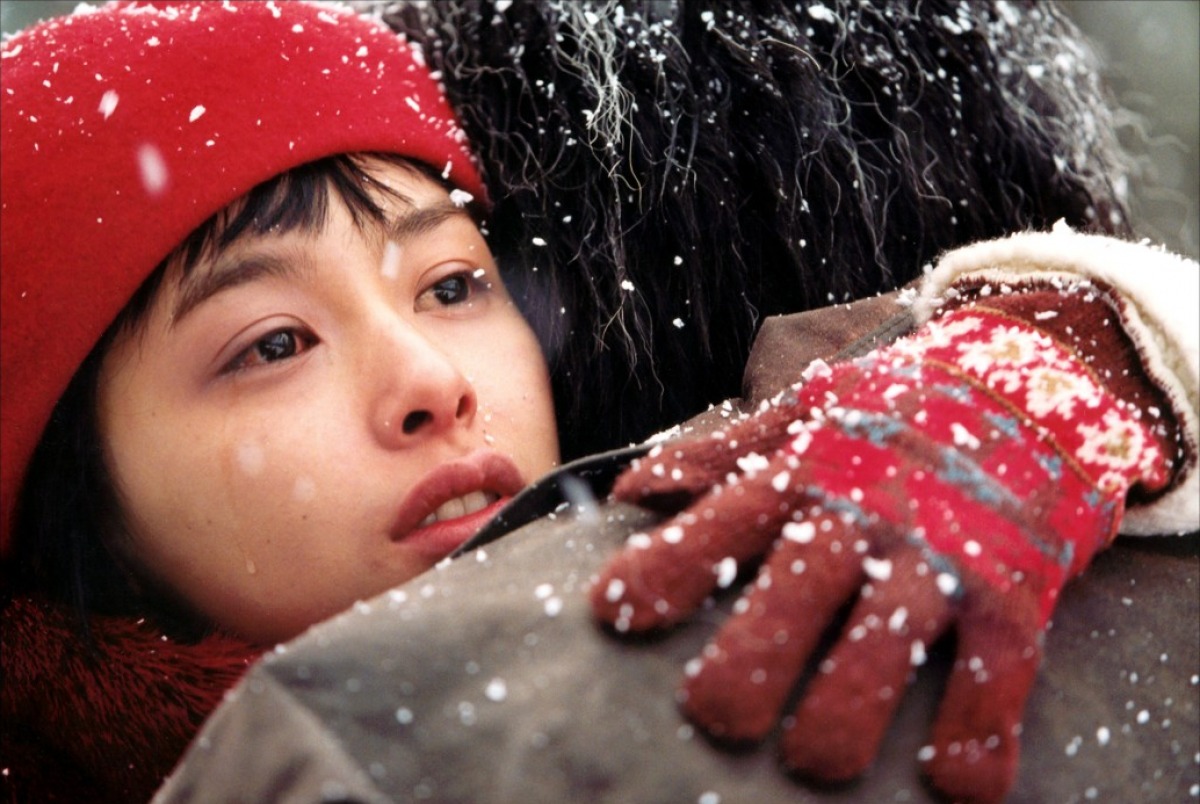
Much has been said and written about Park Chan-wook’s revenge masterpiece, a film that practically managed to make South-Korean cinema popular outside of its geographical borders. Oldboy is clever, technically and narratively ingenious and, above all else, visually stunning.
It’s undoubtedly a highly violent film but its violence has style. From the sharp costumes of Dae-su and Woo-jin, his mastermind rival, to the saturated colours and the neon lights, Park proves that he knows that the appearance of a film is as important as its content.
The famous Dae-su’s killing-spree sequence looks like a video clip, with its mystifying atmosphere and the dynamic music of Jo Yeong-wook. The stressful years that the protagonist spends inside the private prison are given with a powerful editing and shooting angles that make his face look like a mask.
Another beautiful and lyrical sequence is that when the hero remembers the fateful event that costed him so many years of his life. His adult self ascends the same stairs that the little Dae-su had ascended decades ago, in a sequence with rhythmical editing and explosive tempo. Oldboy is a gorgeous film that is rightfully regarded as a gem of modern cinema.
15. Charisma (1999, Kiyoshi Kurosawa)
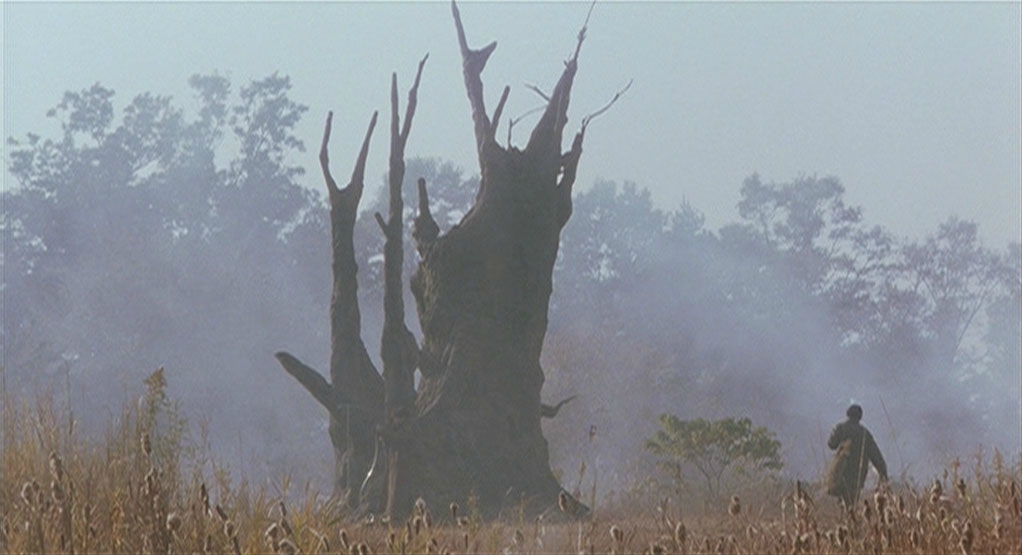
Kiyoshi Kurosawa is best known for his horror films, Cure and Pulse, to name the most prominent, but among his fans only a few have seen his Charisma, a bizarre but innovative and imaginative ecological drama that feels like a horror film, even if it’s not.
A detective is found in the middle of a forest that is marked by the presence of a weird tree, called charisma. There are those who want to destroy the tree and those who want to protect it and the man discovers the secret behind this natural mystery.
Charisma could be labelled as an ecological thriller and for that reason a huge part of its visual power comes from its landscapes. There are beautiful sunsets and sunrises that paint the endless forests with their colours. Green is dominant, symbolising life and energy, but there are also dull colours contrasting it.
The stable shots of Kurosawa and his long travellings perfectly establish a peaceful atmosphere that is so quite that becomes ominous. Charisma is a strangely good-looking film filled with allegories and symbolisms.
Author Bio: Angeliki is currently a student in the Master’s Programme in Cinema Studies in Stockholm’s University. She spent hundreds of hours watching Asian films but at the same time she keeps herself up to date with new releases of European and American Indie movies.